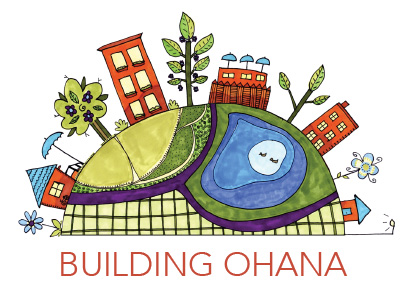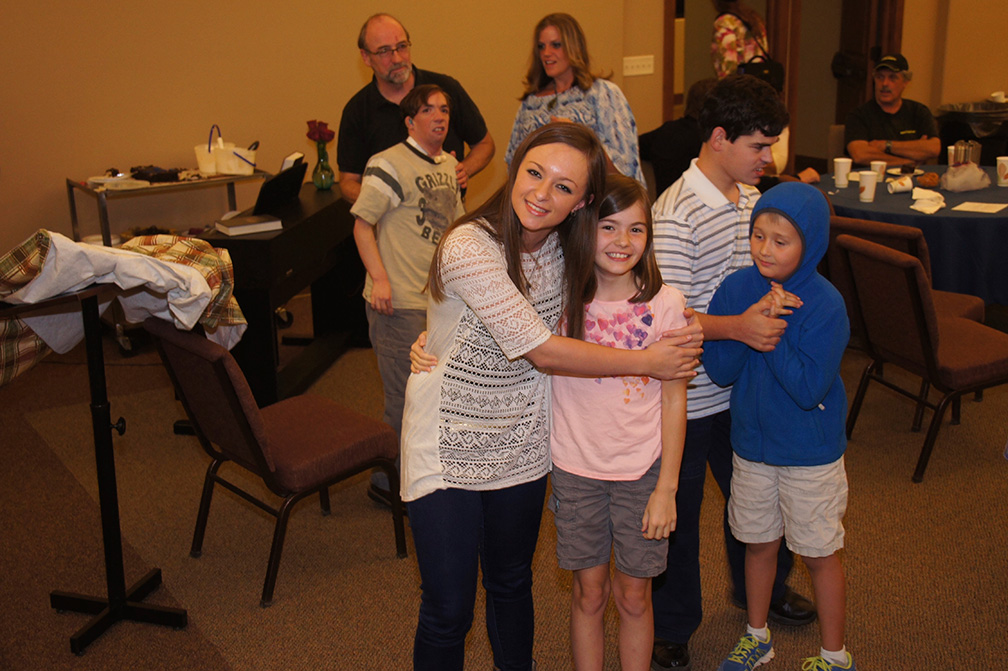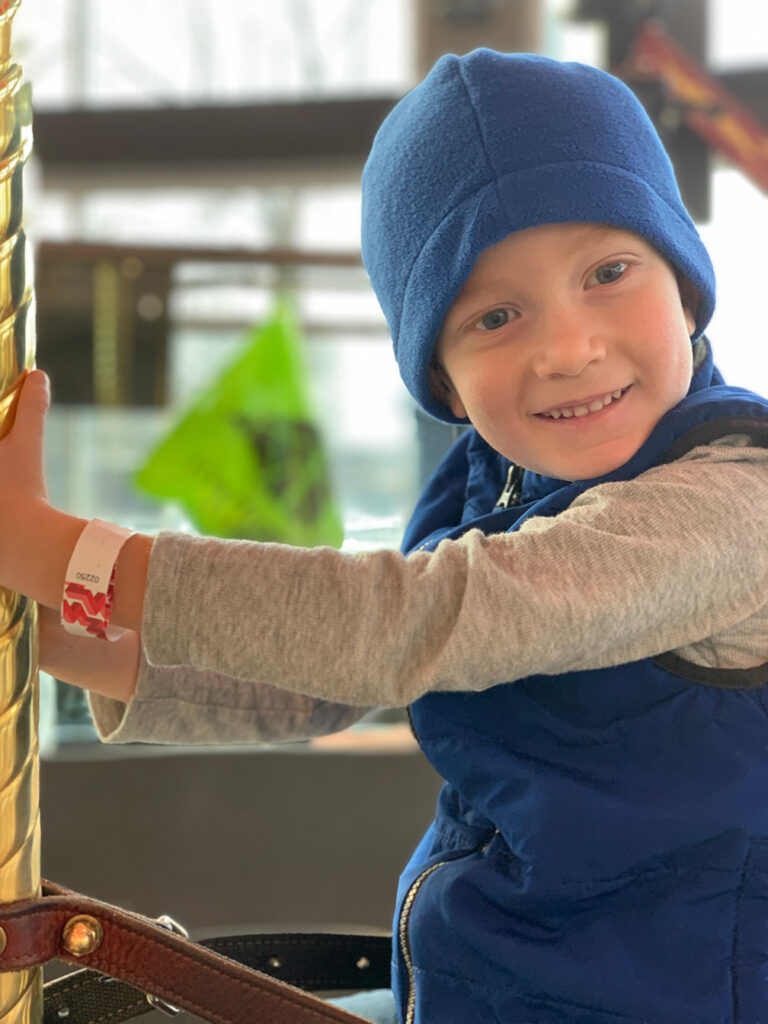“To get the full value of joy, you must have someone to divide it with.”
Mark Twain
Innovative in both design and intention, OHANA intends to model, share and accelerate the development of a social purpose neighborhood in which critical features of INTENTIONAL NEIGHBORING tap into the power of proximal, daily relationships to intervene in some of our country’s most significant underlying health and wellness issues— exclusion, isolation, and loss of significance. OHANA Village will be a broadly affordable residential neighborhood of 60 homes with 120-150 residents. Although up to a quarter of the residents will be adults with a range of developmental disabilities, diversity will be this community’s greatest strength. OHANA will be multigenerational, with individuals and families of all ages, including mature and retired adults — honored elders who will contribute to a stable and committed culture of caring. In doing so, they will find added purpose and meaning in their lives.
OHANA will work to increase the social capital and the care capacities of community for all, demonstrating and measuring:
The power of neighbors to change lives. Daily.
It’s undervalued and underused — the power of healthy, connected neighborhoods to address social challenges. But housing is scarce right now — we have to build more — so let’s design and build neighborhoods to harness that power. Because here’s what health experts and social scientists tell us: many Americans are lonely, unsupported and disconnected from meaningful community life. This can be especially true of those of us with intellectual and developmental disabilities who experience uncommon and inequitable barriers throughout our lives. We want to change that…through daily relationships within home and neighborhood. OHANA is a bold, a simple — and an age-old solution.
Let’s live active lives of neighborly friendship and support. Meet for meals, for a cup of tea. Let’s celebrate and solve problems together, share a walk or rides to the store or to work. Let’s volunteer together, plant tomatoes in the community garden. Let’s appreciate our differences and include every resident in our common decisions, our community gatherings, our governance. Let’s imagine ourselves responsible for one another’s wellbeing. We’ll take care of our neighbors and our neighbors will be there for us in return.
Intentional Neighboring
We are grateful to Dr. Brenda Krause Eheart for her lifetime of work envisioning and creating multigenerational communities, including her invaluable contributions as a longtime board member with BUILDING OHANA.
OHANA’s purposes are inseparable from the stories in this book as the development of intentional neighboring in Hope Meadows instructs us and reflects the evolution of our OHANA mission toward the broader work of:
- transforming the way we all live together
- expanding the overburdened professional workforce of our social systems to value and include the contributions that ordinary citizens in close, daily relationships of care can contribute to heal and unite us.
We all have a part to play. Read Neighbors. You’ll be inspired.
OHANA. A focus of support for people with I/DD.
The story of Hope Meadows told in Brenda Eheart’s book, Neighbors: The Power of the People Next Door holds many lessons for OHANA. Among these, one thing is clear: an intentional neighboring community thrives when it forms with focus and a common purpose. That’s why so many emulating this model begin by imagining how their community might support the needs of a particular group of people facing a particular set of barriers. In Bastion, A Community of Resilience, the focus is to support individuals who have served in the military and their families as they return from war. This is Bastion’s rallying cry…it’s galvanizing purpose. Portland’s Bridge Meadows formed as an intergenerational community of neighbors created for the mutual support of adoptive families and seniors. But make no mistake: Every resident of these communities benefits greatly, with seniors being helped by foster families and recovering wounded warriors coming up around their supportive neighbors in the Bastion community. Love is best given in reciprocity.
And after a while it’s hard to tell who is helping whom.

ADDRESSING BARRIERS
Caregiving. A Current Crisis.
OHANA. Supporting Home and Community-Based Caregivers…
It’s always been part of our mission, but never before has there been such a need to create communities of support inclusive of those who provide home care. Even before Covid, shortages of trained personal care professionals were estimated to reach 350,000 by 2040. Low pay coupled with demanding and often isolating job requirements have created the backdrop for an exodus of providers brought on by increased risks and pressures of caregiving during the pandemic. Across the country, residential support providers for the aging and for individuals with disabilities face inadequate staffing and closures, while people needing support in their family homes are on growing wait lists. Meanwhile the demand for caregivers grows exponentially.
We think we can help. Imagine doing your job as a caregiver within the context of a neighborhood whose intentions include you, inviting you and the residents in your care to participate in daily relationships and activities designed to strengthen all of us. Imagine the people next door lending a hand, volunteering when you need it, preparing a meal, offering you and the people you support the chance for meaningful social engagement. Every day.
PURPOSE AND THE POWER OF PLACE
The VILLAGE. Breaking down barriers and building social infrastructure into every corner.
A definition of social infrastructure:
Those structures built into place which both improve individual productivity and achieve social objectives. In a city, examples are hospitals, transportation, housing…
Home and Neighborhood should represent the most reliable place in our lives. Where we return each day from work, school and the world at large to the spaces that comfort and embrace us, where there is safety, stability, a sense of permanence, personal freedom and privacy when we need it. Where there is beauty, and familiarity and a community of trusted friends. Where we are recognized and know we belong. The world has many opportunities, but only this one place has the potential to embody all these things at once. In its locale and in its design, OHANA will be that place .
BUILDING PARTNERSHIPS
OHANA RELATIONSHIPS. Within and Beyond the Neighborhood
Healthy neighborhoods need to be closely connected to the life of the greater community. This may be especially true for an OHANA neighborhood organized around social purposes. How we create an inclusive community of intentional neighboring on the inside is dependent upon the hands we reach out to beyond our village of homes. Working partnerships with surrounding neighborhoods, schools, businesses, social/health services, health care providers and local agencies ensure that the opportunities of inclusion — participation, contribution and leadership — are available to all. OHANA residents and resources will be geared for engagement with one another and with the world around us.
When it Comes to Community…We’re All In!
Purpose: Resources
A Deeper Dive…
OHANA’s approach brings together elements of different models to build something not yet created. Understanding the complexities of the challenges we are solving and the data we are using to inform our path is important. We think you’ll find the following resources helpful if you want to explore the salient issues around designing a diverse, inclusive and intergenerational neighborhood where all people can thrive.











